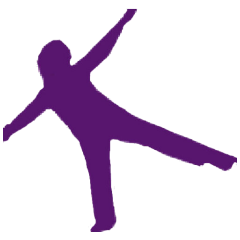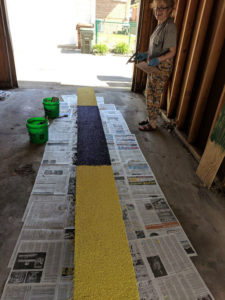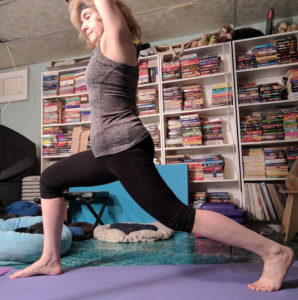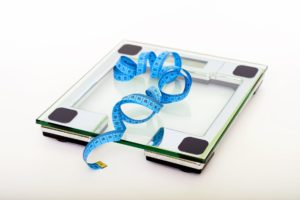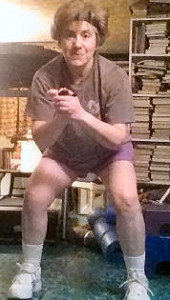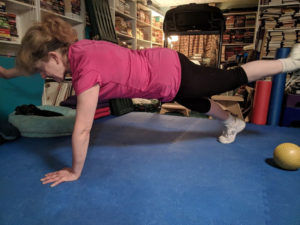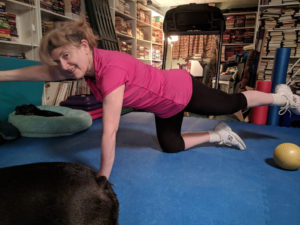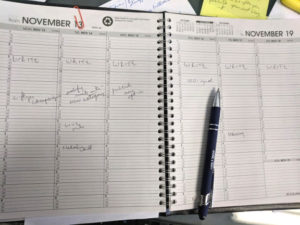 We love routine! I think we’re all happiest when we have a schedule that we can stick with. I know I am.
We love routine! I think we’re all happiest when we have a schedule that we can stick with. I know I am.
Get up at (pretty much) the same time everyday.
Eat meals at (pretty much) the same time.
Go to (pretty much) the same place every day.
Exercise at (pretty much) the same time every day, or as my schedule dictates.
Go to bed at the same time every day.
Until something happens to disrupt the schedule.
Like an injury.
Then it’s a major obstacle to do regular things. Even getting out of bed can be a chore.
Making meals for myself and the dogs takes twice as long as it should.
Walking to and getting in the car? Agony.
That’s what happened to me the last few days. Yes, things were not easy. Routine things took twice as long as usual – or longer.
But, the closer I came to sticking with my regular schedule, the happier I felt. The closer I felt to being on track.
Of course, the workouts were not my usual workouts, because I physically could not do the exercises I wanted to.
But I made sure that I did a workout.
Meals? It was more important than ever to eat right. Eating healthy is one of the best ways to stay on the fitness track.
And getting up to get water kept me moving. To the water jug (and the bathroom). If you can, and if it’s in alignment with your doctor’s or your PT’s orders, keep moving. As I said earlier in the week, movement will get you back to normal quicker than sitting on the couch will.
And the more in line with my regular schedule I was, the closer I was to feeling more normal.
So, stay in your rut as much as you can. If something throws a monkey wrench into the works, work around it.
So, after an injury – Eat right. Drink plenty of water. And move!
